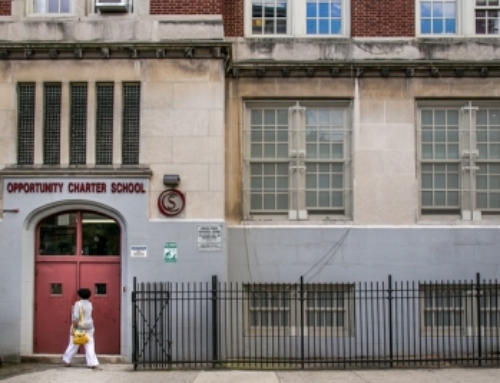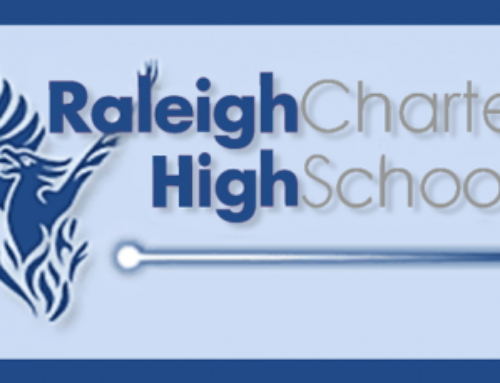Charter Schools on the Rise
Charter schools are controversial. But are they good for education?
Rigorous research suggests that the answer is yes for an important, underserved group: low-income, nonwhite students in urban areas. These children tend to do better if enrolled in charter schools instead of traditional public schools.
There are exceptions, of course. We can’t predict with certainty that a particular child will do better in a specific charter or traditional public school. Similarly, no doctor can honestly promise a patient she will benefit from a treatment.
Social scientists, like medical researchers, can confirm only whether, on average, a given treatment is beneficial for a given population. Not all charter schools are outstanding: In the suburbs, for example, the evidence is that they do no better than traditional public schools. But they have been shown to improve the education of disadvantaged children at scale, in multiple cities, over many years.
Charter schools are publicly funded but not bound by many of the rules that constrain traditional public schools.
Charters, for example, can easily try new curriculums or teaching strategies, or choose to have a longer school day. They have more autonomy than traditional public schools in hiring and firing teachers, who have voted to form unions at only a handful of charters. Perhaps as a result, teachers’ unions have often opposed charter schools, saying they compete unfairlywith traditional public schools and are not held to the same standards.
Measuring the effectiveness of any school is challenging. Parents choose their children’s schools, either by living in a certain school district or by applying to a private or charter school.
Some schools are filled with students — say, the children of highly motivated parents — who would perform well in almost any setting. This could mislead us into thinking these schools provide an exemplary education, when the truth is they attract strong students.
This is so-called selection bias, the greatest challenge in evaluating the effectiveness of schools. Stuyvesant High School in New York City, to which entry is granted through a competitive exam, is filled with smart students who might succeed anywhere. When those students do well, is it because of the school or the students or both? How about Harvard, or any other school?
In the case of charter schools, researchers have found an innovative way to overcome selection bias: analyzing the admission lotteries that charters are required to run when they have more applicants than seats.
Each lottery serves as a randomized trial, the gold standard of research methods. Random assignment lets us compare apples to apples: Lottery winners and losers are identical, on average, when they apply. Any differences that emerge after the lottery can safely be attributed to charter attendance.





